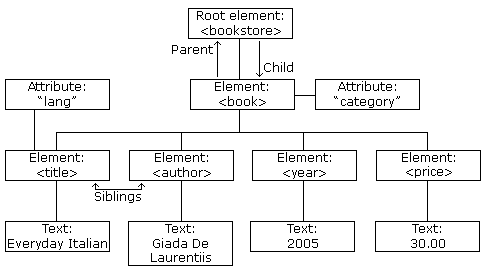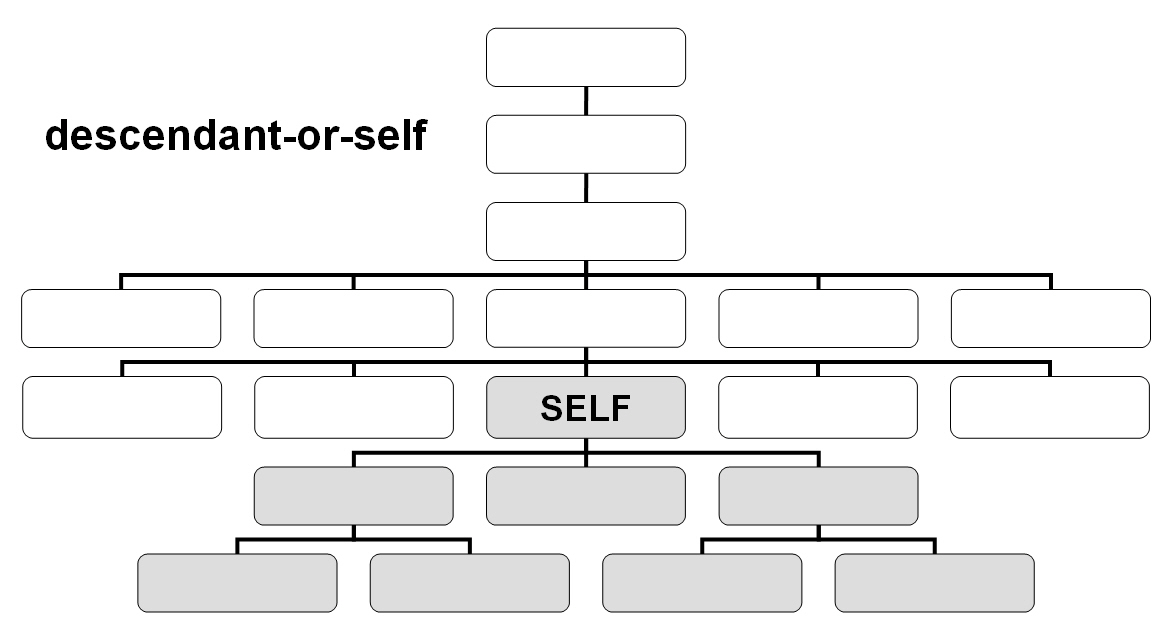Xslt Preceding-sibling With The Same Parent
// XPath CheatSheet// To test XPath in your Chrome Debugger: $x('/html/body')// 0.
I've done some research online, and it looks like I probably want to use the preceding-sibling, but I'm not really sure how to do that since I'm actually wanting to pull the NAME of the PARENT's preceding-sibling, not the current tag's preceding sibling. Any help is greatly appreciated. Here's what I'm tried, and got the following error. I guess so:).All. XPath axes work on the node tree,.not. on the current node list (the list of nodes that are currently being processed) as defined in the select expression of xsl:for-each or xsl:apply-templates. The siblings of a node are always the same no matter what you're processing - the other children of the same parent in the node tree.



Xpath Axes
Posted onXPath and XSLT Support - Help CLionDifference between XQuery and XPath for beginners and professionals with was created to define a common syntax and behavior model for xpointer and xslt. XSLT retains and strengthens this intimate connection with XPath by drawing heavily on the new computational abilities of XPath In fact, one can. Axes are used to describe the relationships between nodes. Transforming XML with XSLT: XSLT uses XPath to address code segments in an.Select all descendants named X: Select the context node, if it is an X, and all descendants named X: Select the context node and all descendant elements: As the names suggest, the preceding-sibling axis consists of siblings that precede the context node and the following-sibling axis consists of siblings that follow it. Siblings are, of course, child nodes that share the same parent.Most of the examples below use preceding-sibling:: Keep in mind that when using a positional path expression of the form preceding-sibling:: Some people get confused because the resulting sequence is in document order regardless as to whether you use preceding-sibling:: Although not an axis expression per say. More formally speaking, it is an abbreviation for parent:: Select all A sibling elements that precede the context node.Select all A sibling elements that follow the context node. Select all sibling elements that precede the context node.
Xslt Preceding-sibling With The Same Parents
Select the first preceding sibling element named A in reverse document order. The first preceding element in reverse document order, provided it is an A.